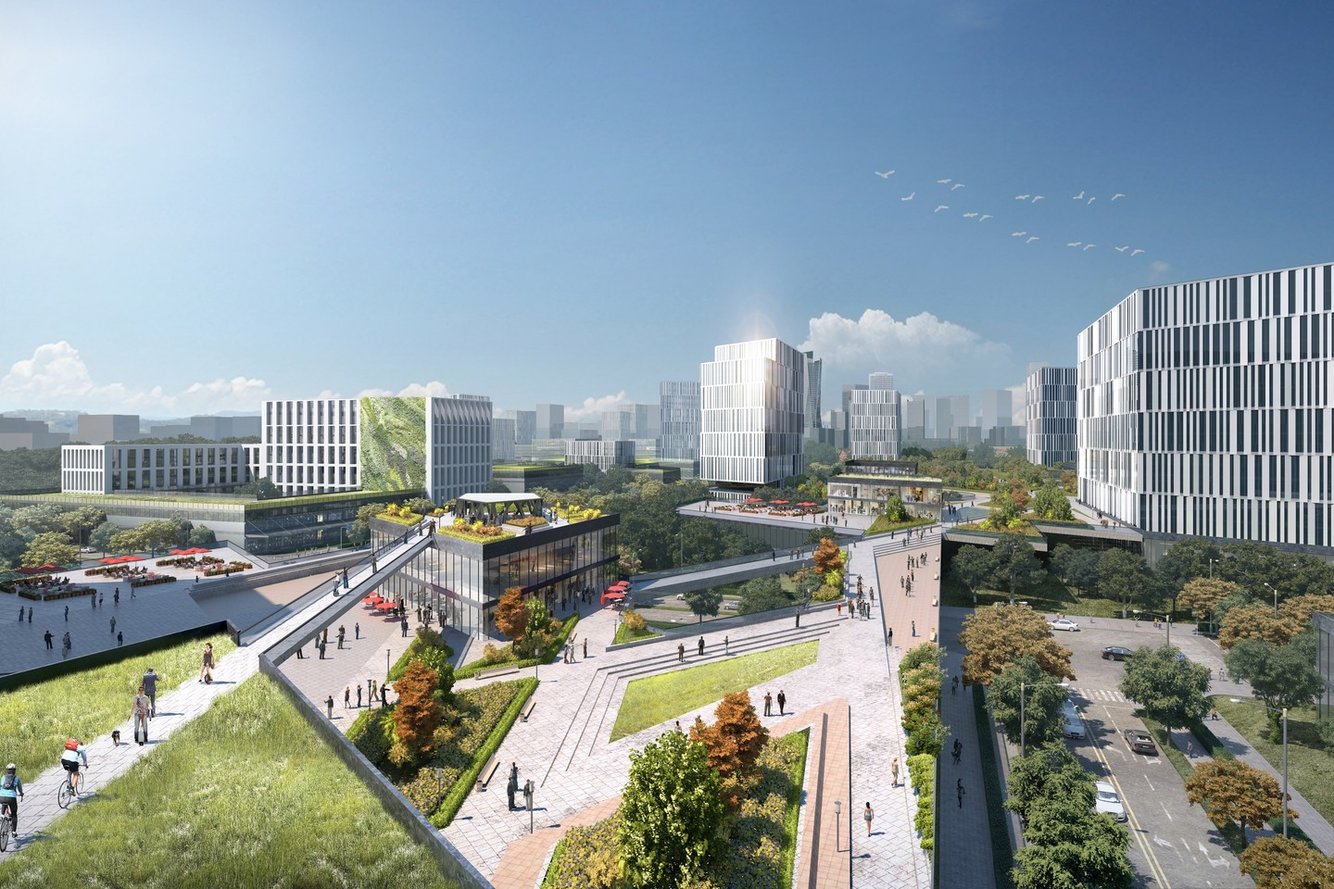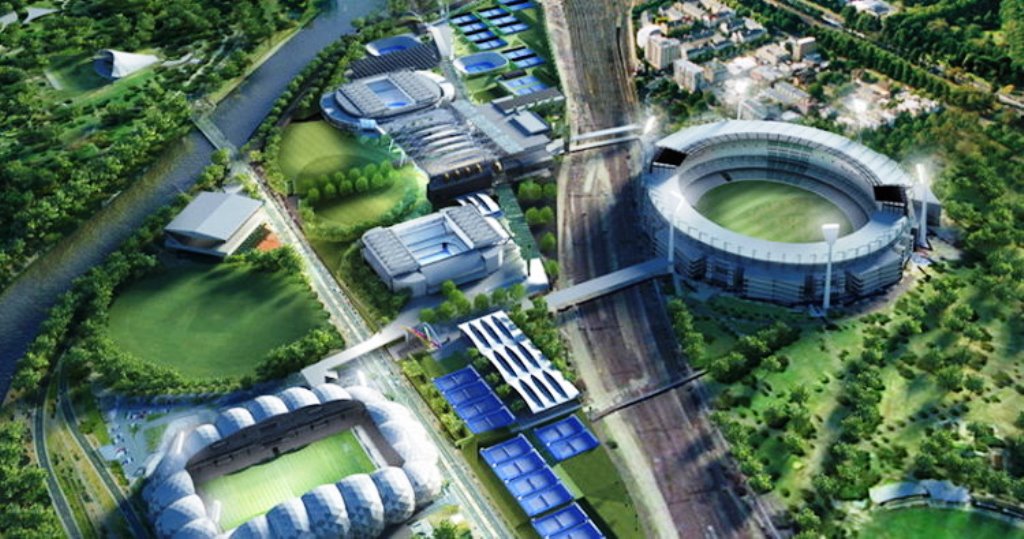Source: Bloomberg Business Week
Negative Rate Signals Philippines Still Behind the Curve
The second rate increase in two months isn’t going to help the beleaguered peso
The Philippines stands out as the only country with a negative inflation-adjusted benchmark rate among Asian peers that have raised borrowing costs this year. The second rate increase by its central bank in two months isn’t going to help the beleaguered peso much given the low real yields and current-account deficit, said Mitul Kotecha, a senior emerging markets strategist in Singapore at TD Securities. The monetary authority will likely have to raise interest rates in the months ahead with the next clue coming from the release of inflation data on July 5, he said.
Weak Peso Benefits Philippines Economy, Finance Chief Says
Philippine Finance Secretary Carlos Dominguez said a weak peso is benefiting the economy, and a widening in the trade deficit and faster inflation are signs of strong growth.
Carlos Dominguez in Tokyo on June 21.Photographer: Akio Kon/Bloomberg
The depreciation in the peso, Asia’s worst performing currency that’s lost more than 6 percent against the dollar this year, is boosting the repatriated income of about 10 million Filipinos working overseas as well as the earnings of exporters and call center operators in the $305 billion economy, Dominguez said in an interview with Bloomberg Television’s David Ingles in Tokyo. The trade gap is partly fueling a slump the currency, he said.
“The trade deficit is a sign of strength of our economy because we are importing not Birkin bags or luxury goods” but factory equipment and infrastructure materials, the finance chief said on Thursday. “Rather than look at the trade deficit as an albatross around our neck, we look at it as an opportunity. Inflation also is a sign of a growing and robust economy.”
A contraction in exports in April alongside a 22 percent jump in imports widened the trade deficit to $3.6 billion, prompting the central bank to expect a bigger shortfall in the current account this year of $3.1 billion. Foreign outflows and the perception by some analysts that the central bank was slow in raising interest rates despite inflation climbing to a five-year high pushed the peso to a 12-year low this month.
Philippine Finance Secretary Carlos Dominguez said a weak peso is benefiting the economy, and a widening in the trade deficit and faster inflation are signs of strong growth.
The depreciation in the peso, Asia’s worst performing currency that’s lost more than 6 percent against the dollar this year, is boosting the repatriated income of about 10 million Filipinos working overseas as well as the earnings of exporters and call center operators in the $305 billion economy, Dominguez said in an interview with Bloomberg Television’s David Ingles in Tokyo. The trade gap is partly fueling a slump the currency, he said.
“The trade deficit is a sign of strength of our economy because we are importing not Birkin bags or luxury goods” but factory equipment and infrastructure materials, the finance chief said on Thursday. “Rather than look at the trade deficit as an albatross around our neck, we look at it as an opportunity. Inflation also is a sign of a growing and robust economy.”
Philippine Finance Chief Says Inflation 'Absolutely' Under Control
Philippine Finance Secretary Carlos Dominguez talks about inflation and the local currency.
A contraction in exports in April alongside a 22 percent jump in imports widened the trade deficit to $3.6 billion, prompting the central bank to expect a bigger shortfall in the current account this year of $3.1 billion. Foreign outflows and the perception by some analysts that the central bank was slow in raising interest rates despite inflation climbing to a five-year high pushed the peso to a 12-year low this month.
Dominguez said an abrupt exchange rate movement is disadvantageous because it could fan inflation and encourage speculation.
“We are comfortable with what happened last year and we just don’t want people to get excited,” he said. “We are using our tools to make sure that any change is gradual and that the economy can actually handle it.”
The Philippines on Wednesday raised its key interest rate by 25 basis points to 3.5 percent, becoming the latest emerging market to tighten monetary policy. Governor Nestor Espenilla said the central bank is prepared to take more action if needed. The peso rose as much as 0.2 percent on Thursday before trading little changed at 53.48 per dollar at 2:36 p.m. in Manila.
Philippine Finance Secretary Carlos Dominguez said a weak peso is benefiting the economy, and a widening in the trade deficit and faster inflation are signs of strong growth.
Carlos Dominguez in Tokyo on June 21.Photographer: Akio Kon/Bloomberg
The depreciation in the peso, Asia’s worst performing currency that’s lost more than 6 percent against the dollar this year, is boosting the repatriated income of about 10 million Filipinos working overseas as well as the earnings of exporters and call center operators in the $305 billion economy, Dominguez said in an interview with Bloomberg Television’s David Ingles in Tokyo. The trade gap is partly fueling a slump the currency, he said.
“The trade deficit is a sign of strength of our economy because we are importing not Birkin bags or luxury goods” but factory equipment and infrastructure materials, the finance chief said on Thursday. “Rather than look at the trade deficit as an albatross around our neck, we look at it as an opportunity. Inflation also is a sign of a growing and robust economy.”
Philippine Finance Chief Says Inflation 'Absolutely' Under Control
Philippine Finance Secretary Carlos Dominguez talks about inflation and the local currency.
A contraction in exports in April alongside a 22 percent jump in imports widened the trade deficit to $3.6 billion, prompting the central bank to expect a bigger shortfall in the current account this year of $3.1 billion. Foreign outflows and the perception by some analysts that the central bank was slow in raising interest rates despite inflation climbing to a five-year high pushed the peso to a 12-year low this month.
Dominguez said an abrupt exchange rate movement is disadvantageous because it could fan inflation and encourage speculation.
“We are comfortable with what happened last year and we just don’t want people to get excited,” he said. “We are using our tools to make sure that any change is gradual and that the economy can actually handle it.”
The Philippines on Wednesday raised its key interest rate by 25 basis points to 3.5 percent, becoming the latest emerging market to tighten monetary policy. Governor Nestor Espenilla said the central bank is prepared to take more action if needed. The peso rose as much as 0.2 percent on Thursday before trading little changed at 53.48 per dollar at 2:36 p.m. in Manila.
Read: Philippines Raises Key Rate for a Second Month Amid Peso Rout
Dominguez also made the following comments on Thursday
On inflation that he said is stabilizing: “A large portion of that inflation was due to unexpected increase in price of fuel worldwide, which has apparently started moderating and is now mid- to low-$60s per barrel” and the other factor is peso weakness
On government debt sales: “The fact that our revenues are up 20 percent that means to say that we’re not desperate for debt. And we are the only country in this region that actually passed a tax reform law to increase our revenue and to be able to fund our Build, Build, Build. Of course, we can’t fund it all ourselves, so we’re going to the debt market.”
On trade war: “In the short run, we will actually gain from a trade war. We are building a lot of infrastructure, and that’s a lot of steel. But that’s very short-term thinking. We’re concerned that our two biggest trading partners, China and Japan, might be vulnerable, by the way, so is the U.S. So we’re watching it very very carefully.”
— With reports from Lilian Karunungan, Cecilia Yap, and Andreo Calonzo
Read more in
Bloomberg Business Week /
BloomBerg















































